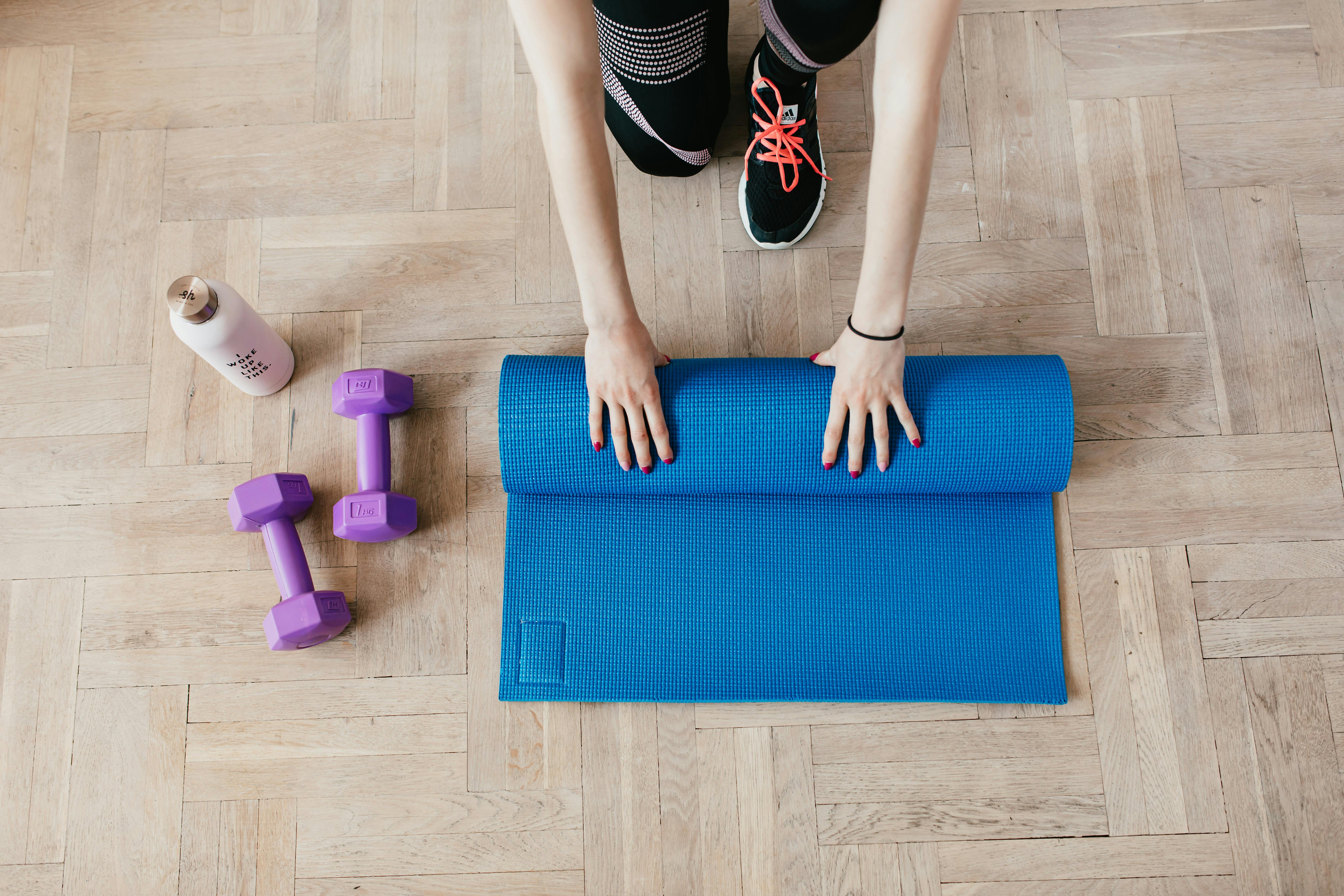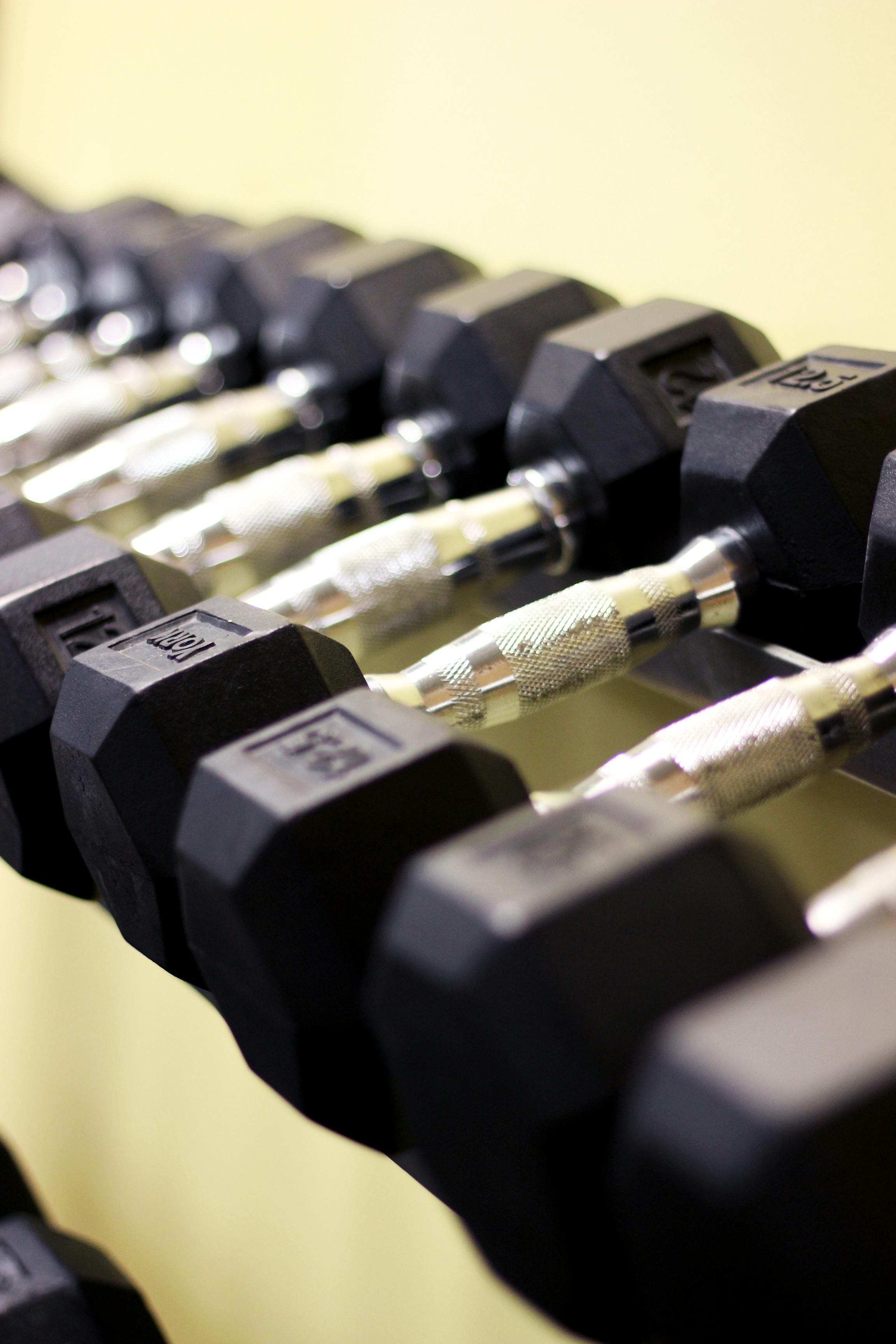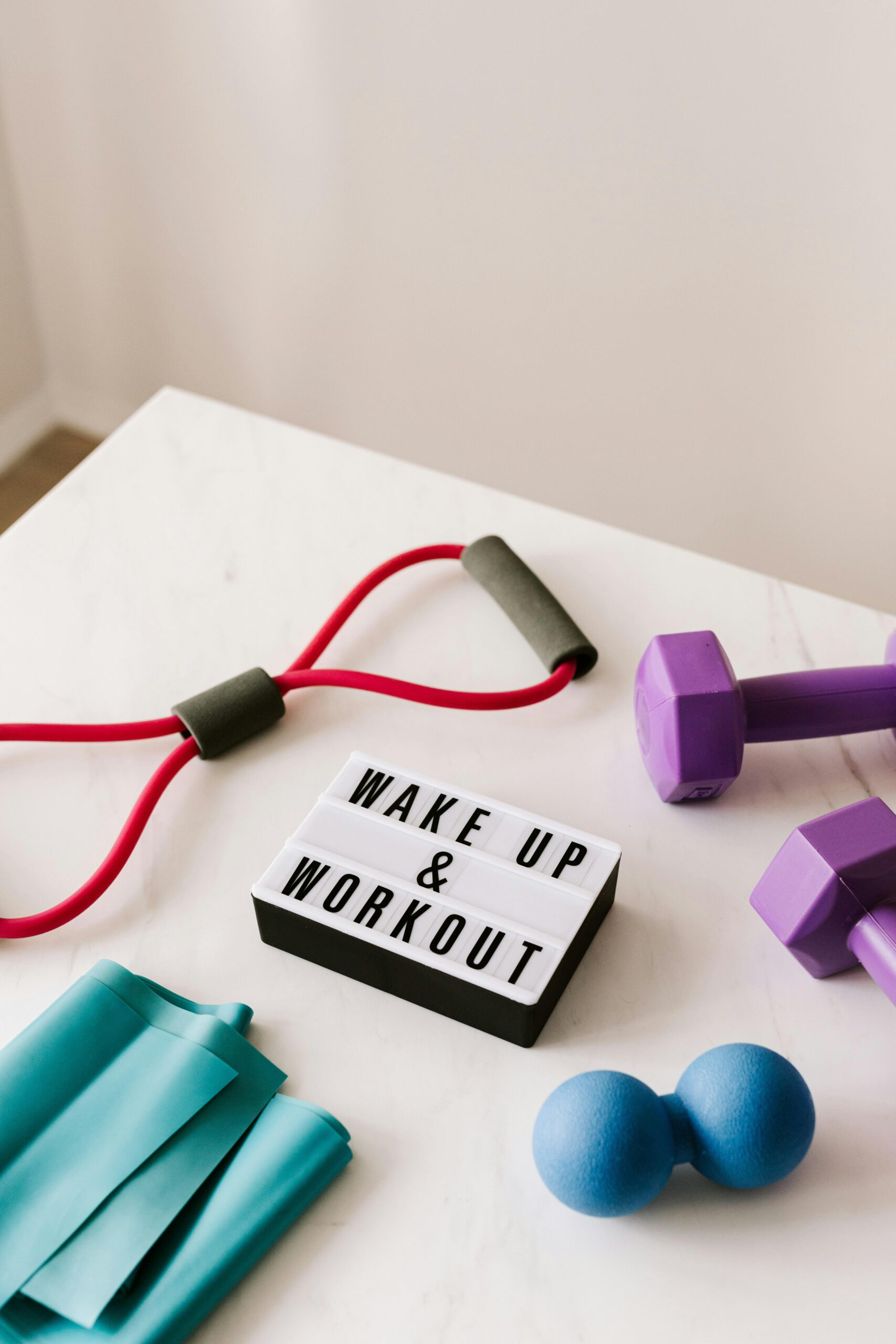Top 5 Effective Dumbbell Lateral Raise Techniques for Better Results in 2025
The pursuit of a robust, well-defined physique has never been more popular, with shoulder training becoming a crucial element in fitness routines. Among the favored methods for building shoulder strength is the use of dumbbells, specifically through exercises like the lateral raise. This article delves into the best five techniques for performing dumbbell lateral raises, ensuring impressive gains for fitness enthusiasts in 2025. By honing in on these techniques, you’ll enhance your shoulder workouts, contributing to muscle building and overall fitness improvement.
Using dumbbells for shoulder training provides numerous benefits, including increased muscle activation, improved stability, and better engagement of the shoulder girdle. Lateral raises, in particular, target the deltoid muscle group, pivotal for achieving broad shoulders and enhancing your overall silhouette. As we explore each of the five options, you’ll discover how to integrate these exercises into your training regimen for optimal outcomes.
Let’s get started by examining the first essential technique for performing lateral raises with dumbbells.

1. Proper Dumbbell Positioning for Optimal Shoulder Activation
To receive maximum benefits from lateral raises, the initial positioning of the dumbbells is critical. This is the foundation that dictates the effectiveness of the exercise. Begin by holding a dumbbell in each hand at your sides, ensuring your palms face your body. Lift the weights with controlled movements, raising your arms to shoulder height while maintaining a slight bend in your elbows. This prevents strain on the joints and focuses the exertion on the deltoid muscles.
Incorporating a pause at the top of the lift can amplify muscle engagement and enhance hypertrophy. As you lower the dumbbells back to your sides, focus on maintaining a steady and controlled motion. Avoid sudden dropping of weights, which can impact your shoulder stability. Whenever possible, perform this exercise in front of a mirror to ensure your form remains correct throughout the lift.

Benefits of Proper Dumbbell Positioning
Correct positioning ensures that the right muscles are targeted during the lift. It enhances muscle definition, supports shoulder joint health, and improves overall range of motion. Furthermore, it reduces the risk of injury and boosts the effectiveness of your shoulder workouts.
2. Incorporating Progressive Overload Techniques
Progressive overload is fundamental for muscle growth, and this principle is easily applied to your lateral raise routine. Gradually increase the weight of your dumbbells as you become more comfortable with the movements. Start with lighter weights to perfect your form before transitioning to heavier dumbbells. The key is to increase the resistance without compromising your technique.
Combine this approach with varying your rep count and sets. For instance, aim for higher repetitions with lighter weights in some sessions and lower repetitions with heavier weights in others. This variation keeps your muscles challenged and engaged, leading to greater strength development and muscle growth.
Examples of Progressive Overload Techniques
Begin with eight to ten repetitions of your existing weight and slowly increase the weight for subsequent sets while reducing the reps to six to eight. Document your training progress, as this accountability can motivate you to push further.
3. Incorporating Supersets for Enhanced Shoulder Training
Supersets involve performing two exercises in succession without rest, making them an effective way to intensify your shoulder training. For lateral raises, consider pairing them with another shoulder exercise, such as shoulder presses or front raises. This method not only maximizes muscle engagement but also saves time during workouts.
By varying your exercises during each superset, you touch upon different muscle fibers, encouraging overall muscle growth and definition. Aim for a balanced routine that works various angles of your shoulders, enhancing your physique’s aesthetics while promoting strength.
How to Implement Supersets
Choose a weight that challenges you for both exercises without sacrificing form. For instance, perform a set of lateral raises followed immediately by shoulder presses, then rest briefly before repeating. This structure maximizes training efficiency and results.
4. Balancing Training Volume with Recovery Time
While it’s essential to push yourself, equally crucial is giving your muscles adequate recovery time. Overtraining can lead to injuries or burnout, drastically hindering your progress. Listen to your body and adjust your training frequency as needed. Aim for 48 hours of rest for shoulder muscles following intense sessions.
Incorporate low-impact mobility work or light resistance training for overall fitness maintenance during recovery days. This keeps your muscles engaged while allowing tissue repair and strength rebuilding.
Strategies for Effective Recovery
Consider implementing strategies such as active recovery days or physiotherapy sessions that focus on mobility and rehabilitation. This approach supports not only shoulder health but also enhances overall athletic performance.
5. Leveraging Technology for Training Optimization
Fitness technology has evolved, providing various tools to maximize your workout efficiency. Fitness trackers, apps, and even virtual personal training sessions can help monitor your progress and ensure proper form. Investing in wearable technology can give you vital data on your heart rate, calories burned, and muscle engagement during workouts.
For example, consider utilizing a fitness app to track your set length and weight progress. These insights make it easier to pinpoint what adjustments are necessary to reach your goals effectively.
Top Technologies to Consider
Explore devices geared towards tracking workout efficiency, ranging from simple fitness bands to comprehensive fitness apps that can customize training plans according to your unique needs.
Q&A: Addressing Common Concerns About Dumbbell Lateral Raises
Are lateral raises suitable for beginners?
Yes, lateral raises are beginner-friendly, but focus on mastering form before increasing weights. Start with lighter dumbbells to ensure that you can execute the motion without straining.
How often should I include lateral raises in my routine?
Incorporating lateral raises two to three times per week within your shoulder training can contribute significantly to muscle development while providing adequate recovery time.
What are some common mistakes during lateral raises?
Common mistakes include lifting too heavy, poor posture, and a lack of control throughout the movement. Focus on maintaining a straight back and lifting weights to shoulder height for optimal performance.
Can lateral raises be modified for those with injuries?
Absolutely. If you experience pain, consult with a trainer or physical therapist for modifications that prioritize your safety while still engaging shoulder muscles.
How can I enhance the effectiveness of lateral raises?
Implementing the techniques discussed, such as progressive overload, supersets, proper recovery, and leveraging technology, can significantly enhance your lateral raise effectiveness.
In conclusion, adopting these five strategies for lateral raises with dumbbells will not only refine your technique but create a solid foundation for shoulder training success in 2025. Balancing intensity, volume, and recovery while embracing technology can elevate your fitness journey, promoting improved athletic performance and overall well-being.
For further reading on effective fitness routines and equipment, visit this link [Fitness Routines](https://iuber.life/?p=1211) or check out [Workout Ideas](https://iuber.life/?p=1206).
